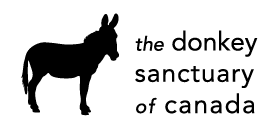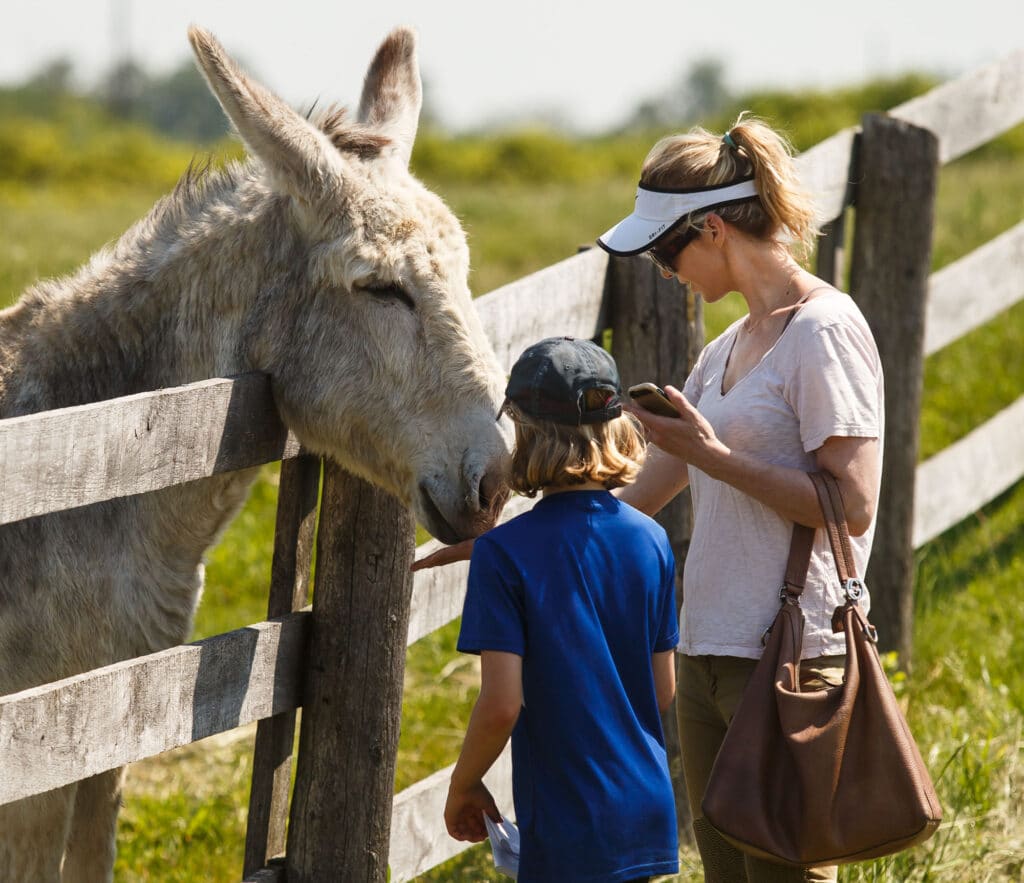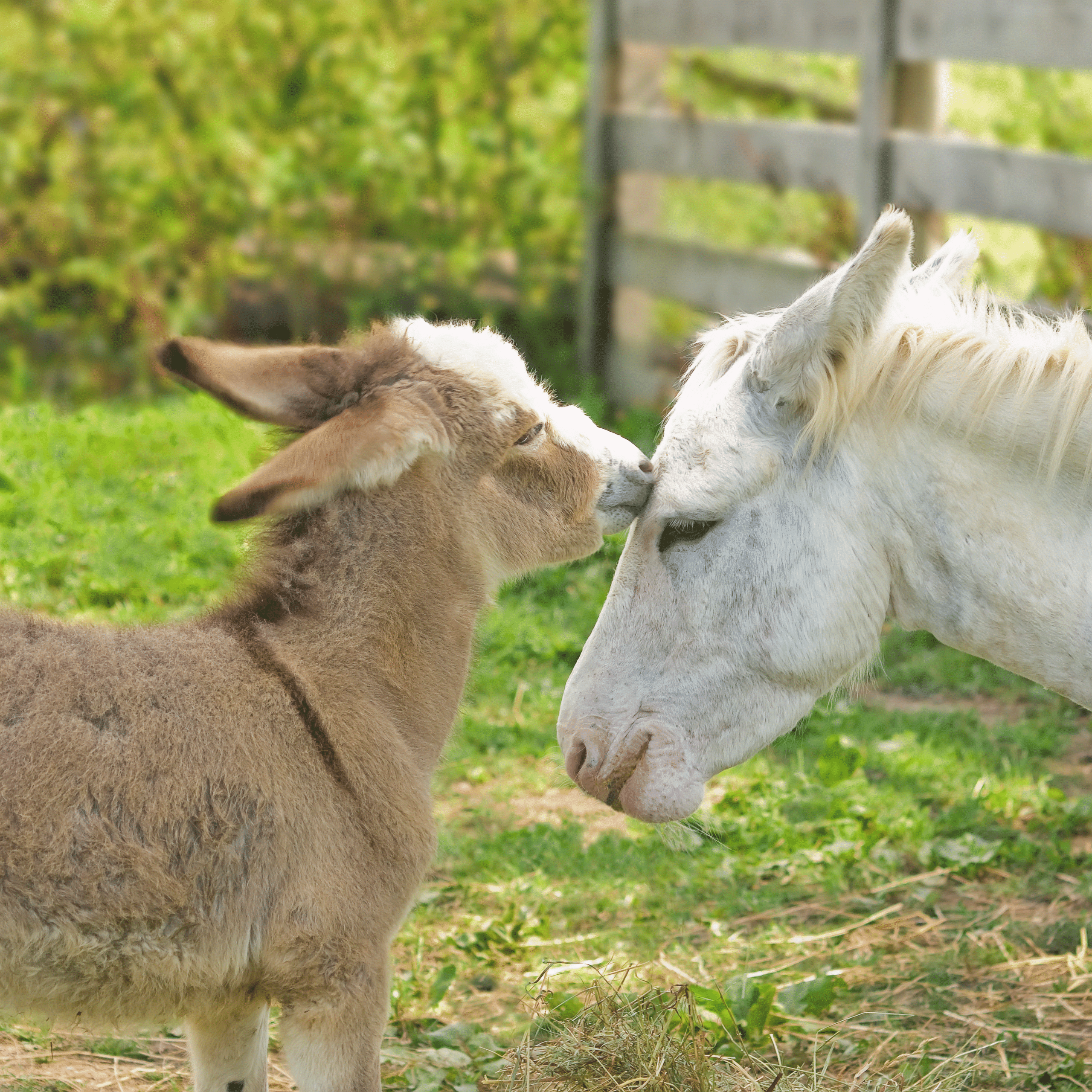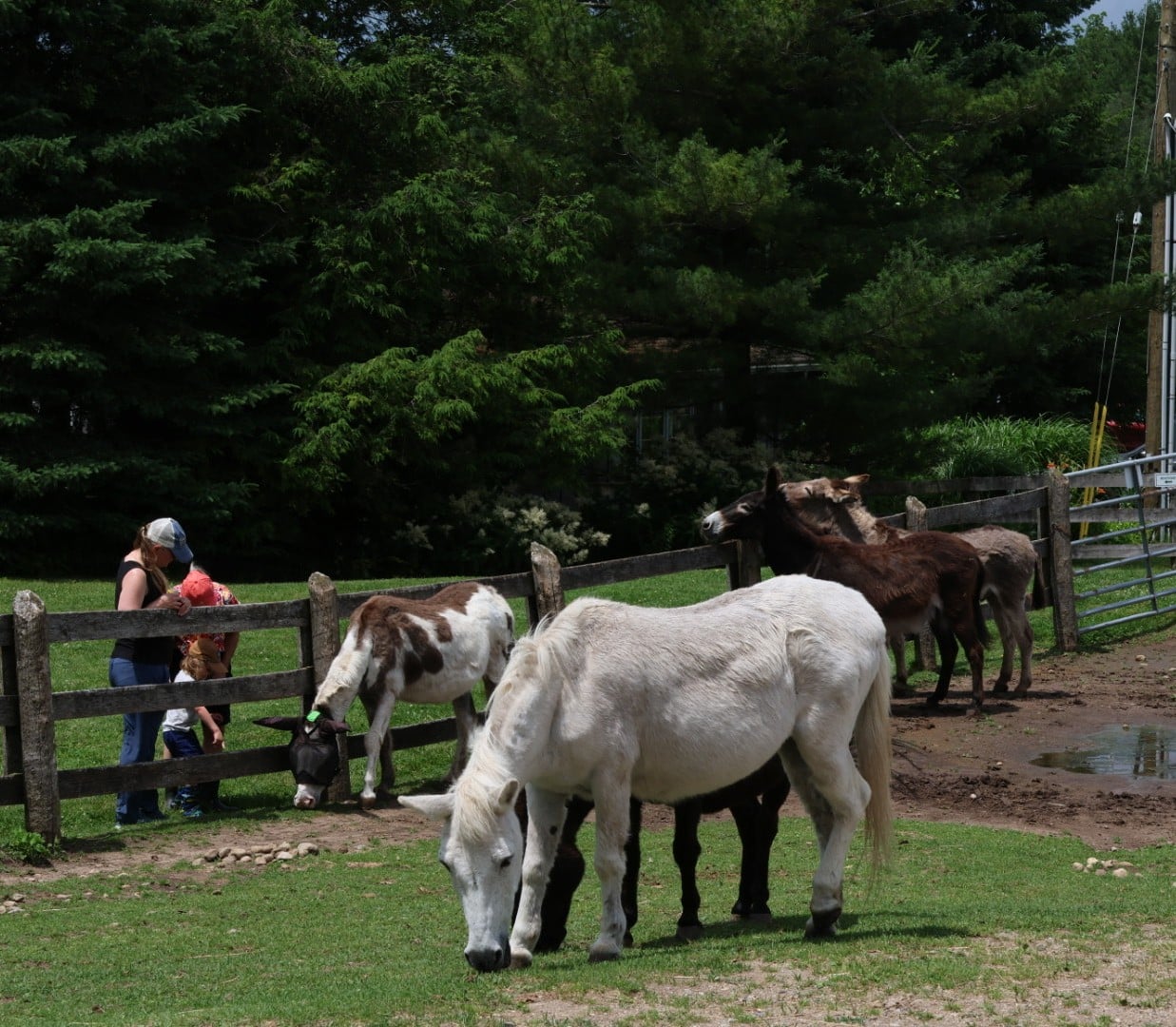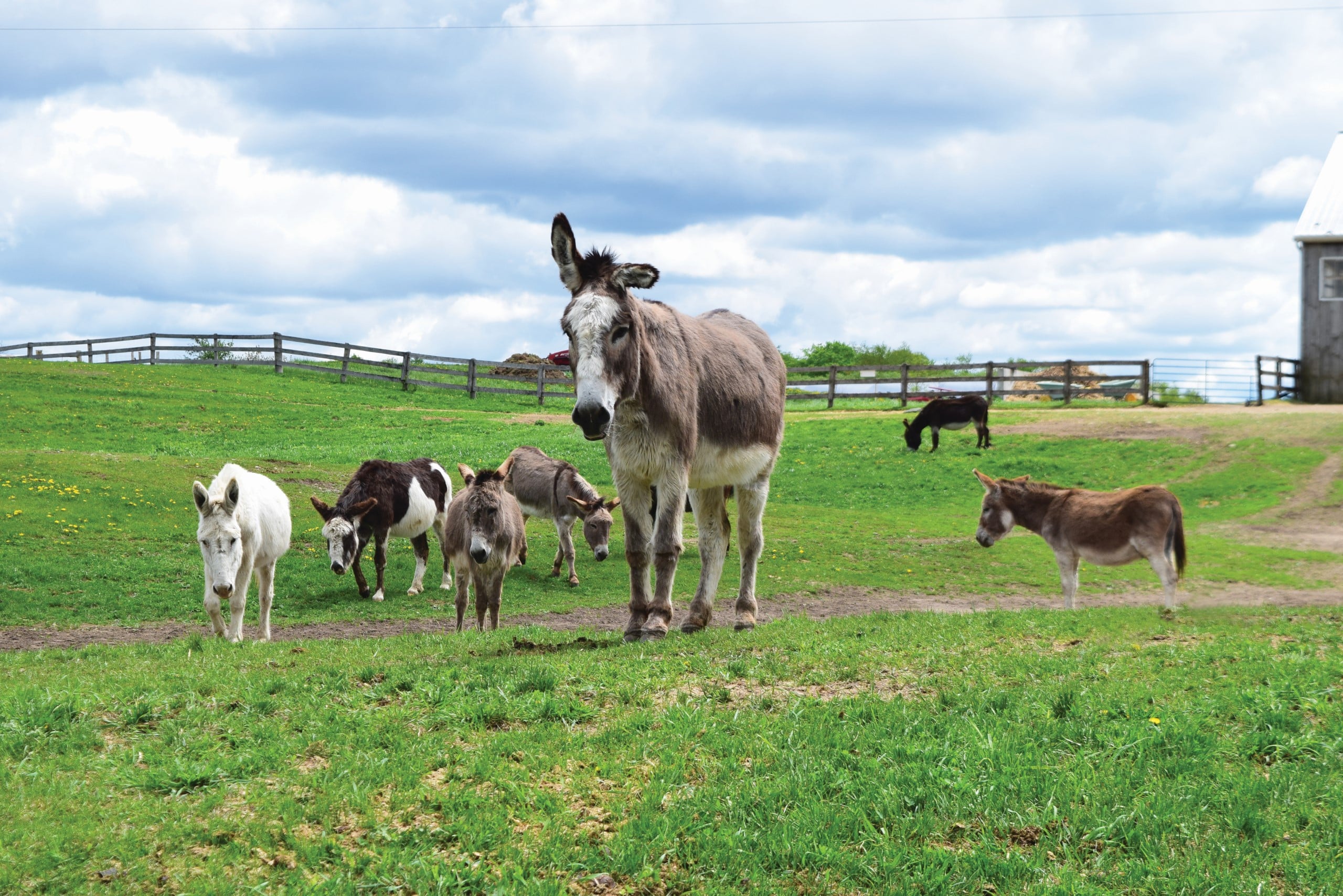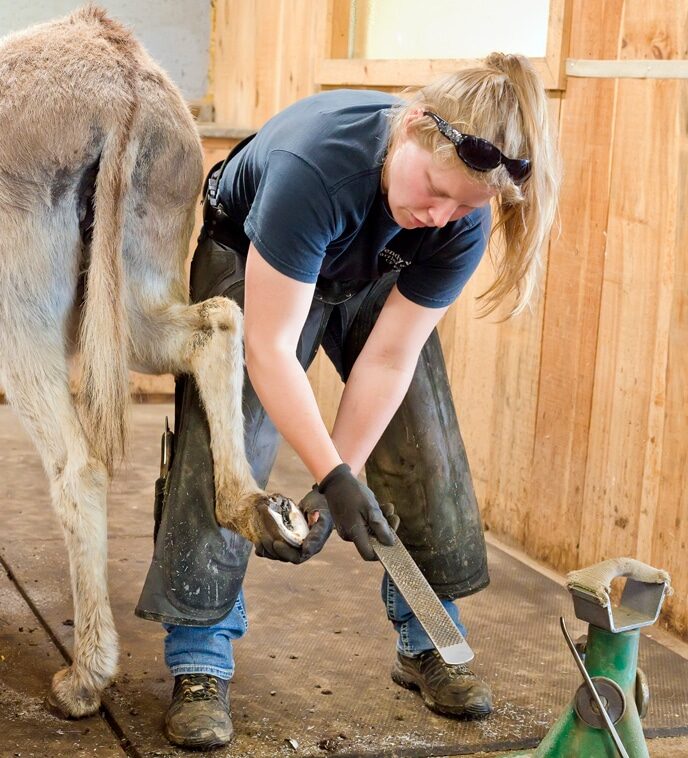Understanding Laminitis in Donkeys
Laminitis is a painful and potentially debilitating condition affecting the hooves of donkeys, characterized by inflammation of the laminae—the soft tissues connecting the hoof wall to the pedal bone. Understanding its causes, symptoms, and treatments can help donkey caretakers keep their animals healthy and comfortable.
Causes of Laminitis
Laminitis in donkeys can be triggered by several factors, often related to metabolic issues. Overfeeding rich foods, such as grain or lush pasture, can lead to an overload of carbohydrates, which disrupts the gut flora and releases toxins into the bloodstream, causing inflammation in the hooves. Obesity is another common cause, as excess weight puts additional stress on the hooves. Additionally, laminitis can result from mechanical overload on one limb due to injury or lameness in another limb.
Symptoms to Watch For
Early detection of laminitis is crucial for effective treatment. Key symptoms include:
- Reluctance to move or a noticeable limp
- Shifting weight from one hoof to another
- Heat in the hooves
- Increased pulse in the digital arteries
- Lying down more than usual to relieve pain
Caretakers should be vigilant and consult a veterinarian immediately if any of these signs are observed.
Preventative Measures Preventing laminitis involves proper management of diet and weight. Donkeys should have a diet high in fiber and low in sugars, with limited access to rich pastures. Regular exercise is also essential to maintain a healthy weight. Regular hoof care, including trimming every 6-8 weeks, helps distribute weight evenly and reduces stress on the hooves.
Treatment Options
If laminitis occurs, immediate veterinary intervention is necessary. Treatment often includes:
- Dietary changes to reduce carbohydrate intake
- Pain management with medications
- Anti-inflammatory drugs to reduce hoof inflammation
- Corrective trimming and shoeing by an experienced farrier
- Providing a soft, supportive bedding to alleviate pressure on the hooves
In severe cases, more intensive treatments like specialized hoof boots or surgery may be required.
Laminitis is a serious condition that requires prompt attention and diligent care. By understanding its causes, recognizing early symptoms (and part of this is routinely observing the donkeys in your care, as donkeys are stoic animals who do not demonstrate signs of ill health often before it’s too late), as well as putting into place preventative measures, you can considerably limit the risk of laminitis. Regular check-ups and appropriate hoof care are key.
